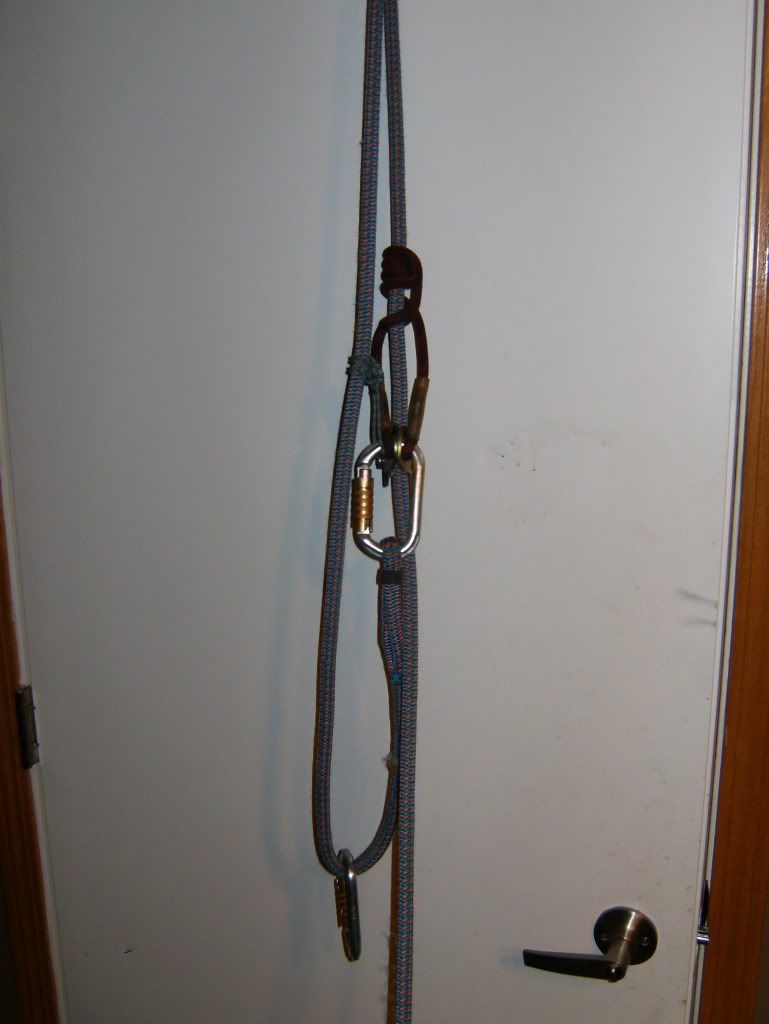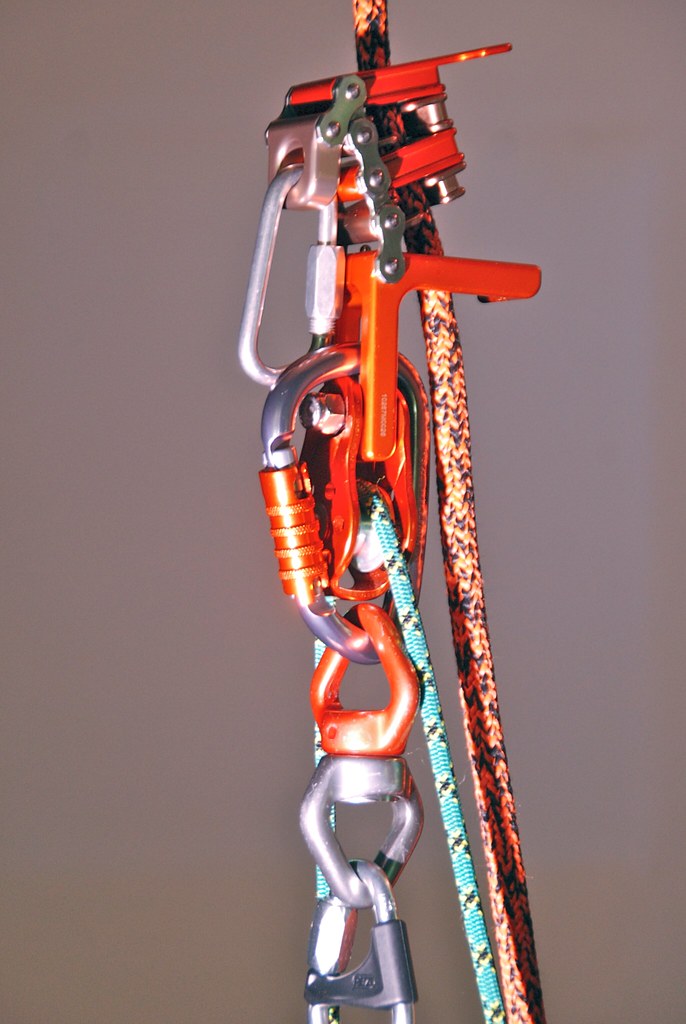beastmaster
Addicted to ArboristSite
Your legs are the strongest muscles on your body, and by what they do built for endurance. Learn to use your legs and you'll eliminate tiring out the arms, that your going to need once up in the tree to work. Footlock or foot device both are going to free up energy your going to need in your arms to do work. If your just doing one small tree, maybe it doesn't matter. But if its a really long ascend or a whole bunch of small ones then its all about not tiring your arms out.
Many times Iv'e seen several climbers not come down for lunch, because they couldn't do the ascend again. I would repel down and footlock back up after lunch
Now I SRT and some climbers are always racing me up the tree pulling them selfs up. Sometimes they beat me, but I'm not even hurrying, and I don't even brake a sweat SRTing up. They'll learn, just some people are really stubborn.
If your not using your legs or a wraptor, your cheating your self.
PS I can footlock and not use my arms to hold me up. Ive worked off of a footlock many times.
Many times Iv'e seen several climbers not come down for lunch, because they couldn't do the ascend again. I would repel down and footlock back up after lunch
Now I SRT and some climbers are always racing me up the tree pulling them selfs up. Sometimes they beat me, but I'm not even hurrying, and I don't even brake a sweat SRTing up. They'll learn, just some people are really stubborn.
If your not using your legs or a wraptor, your cheating your self.
PS I can footlock and not use my arms to hold me up. Ive worked off of a footlock many times.
Last edited:





























































